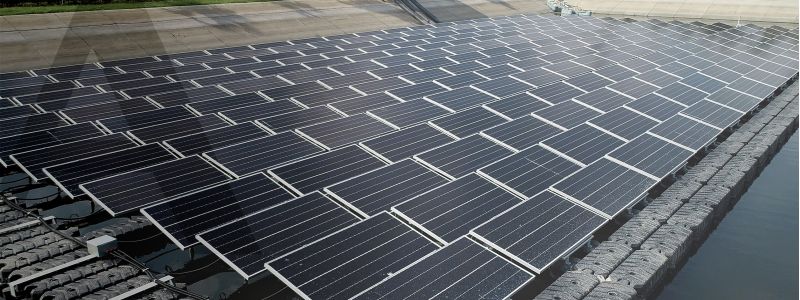Stakeholder Engagement

Stakeholder Engagement
Stakeholders are defined as individuals or groups who are affected or may be affected by the Company's operations. These groups include employees, shareholders, customers, communities, suppliers and contractors, business partners, creditors, government agencies, and competitors. For further classification, the Company divides stakeholders into internal stakeholders, consisting of employees, and external stakeholders, which include shareholders, customers, communities, suppliers and contractors, business partners, creditors, government agencies, and competitors.

The Company has established a policy and systematic approach to ensure the inclusive participation of all stakeholder groups. This structured process aims to assess both positive and negative—actual and potential—impacts arising from the Company’s business operations across economic, social, and environmental dimensions. It also covers human rights-related impacts and seeks to understand stakeholder concerns and expectations through multiple channels at least once a year to gather insights from all relevant groups. The Company has designated responsible units for each stakeholder group and has implemented a structured mechanism for assessing stakeholder needs and expectations via diverse communication channels. These engagement efforts are overseen by AMATA Sustainable Development Committee to ensure comprehensive coverage of all stakeholders. Insights gathered—including key expectations, concerns, and feedback—are systematically analyzed under the Materiality Assessment Process to identify material sustainability topics. The Company then takes appropriate actions to manage these issues effectively and create balanced value for all stakeholders.
For the year 2024, details of the Company’s stakeholder engagement, relationship-building efforts, and ongoing initiatives are outlined as follows:
Stakeholder Engagement & Performance
Start
Building the Future
with AMATA

Start
Building the Future
with AMATA
Contact us for more details.
(+66) 38 939 007
(+84) 251 3991 007 (South)
(+84) 203 3567 007 (North)
(+95) 1 230 5627
(+856) 21 810007
(+856) 20 5710007 (Chinese)
(+856) 20 57550007 (English)
© AMATA CORPORATION PCL. All rights reserved. Web by Toneyes















